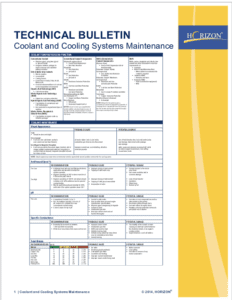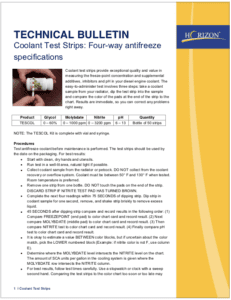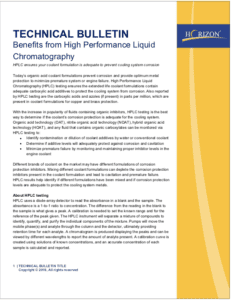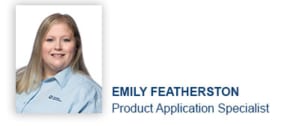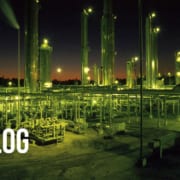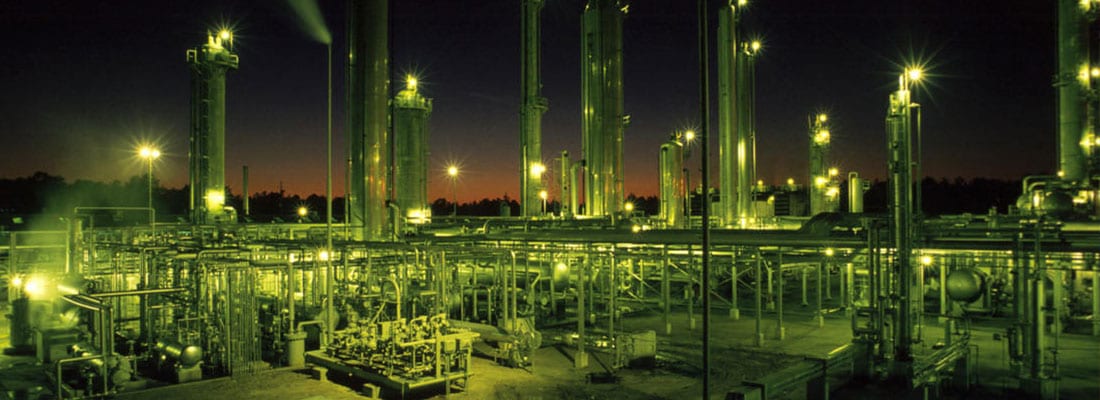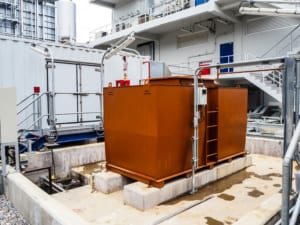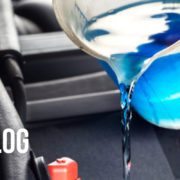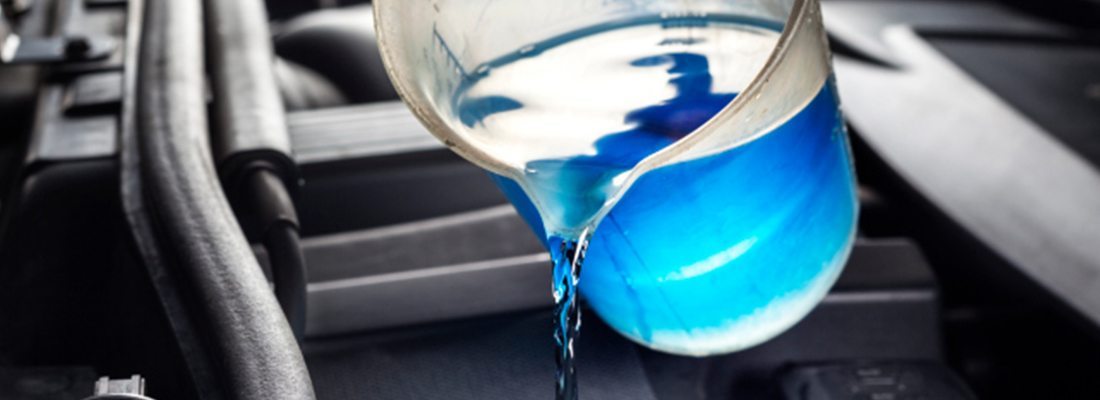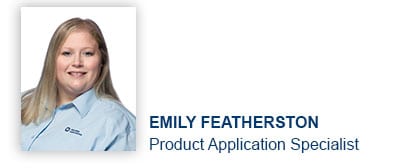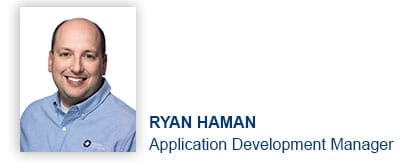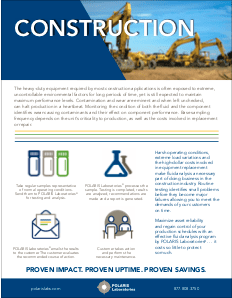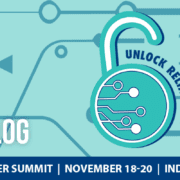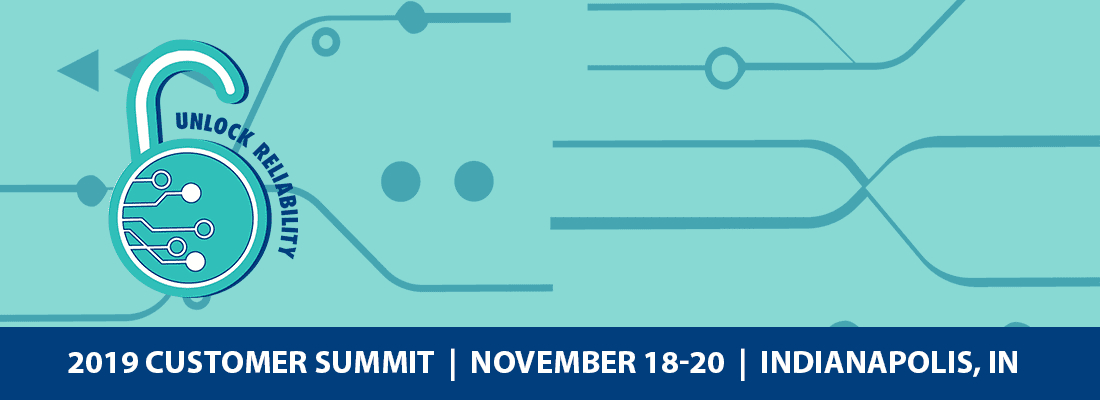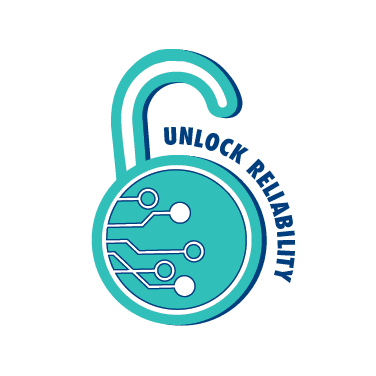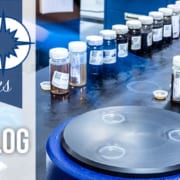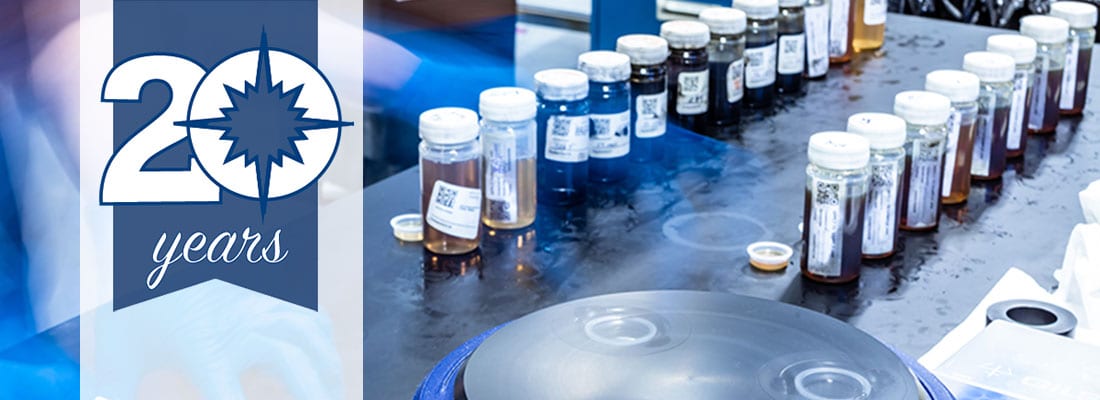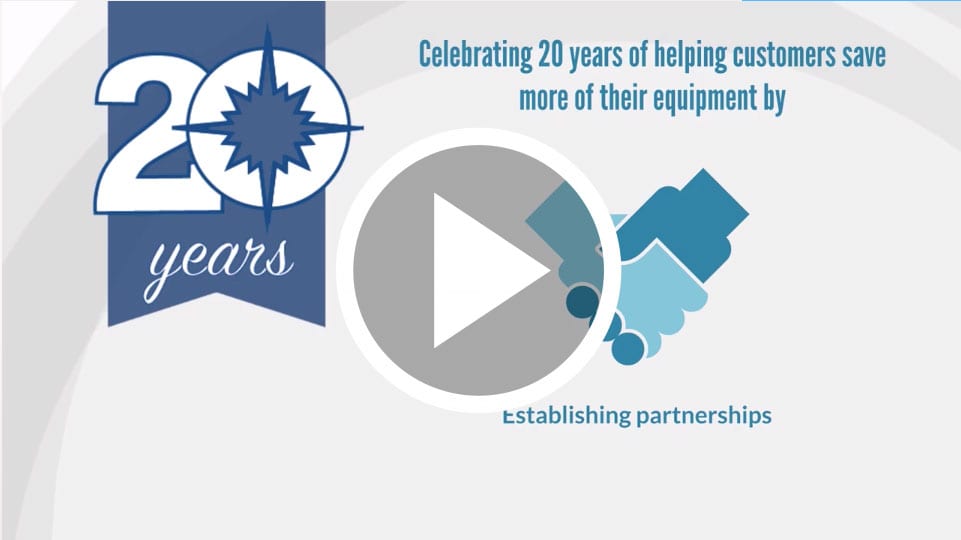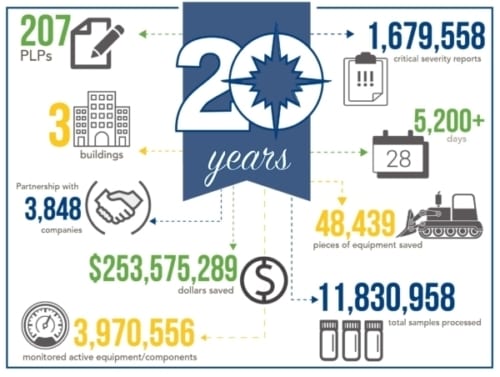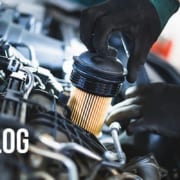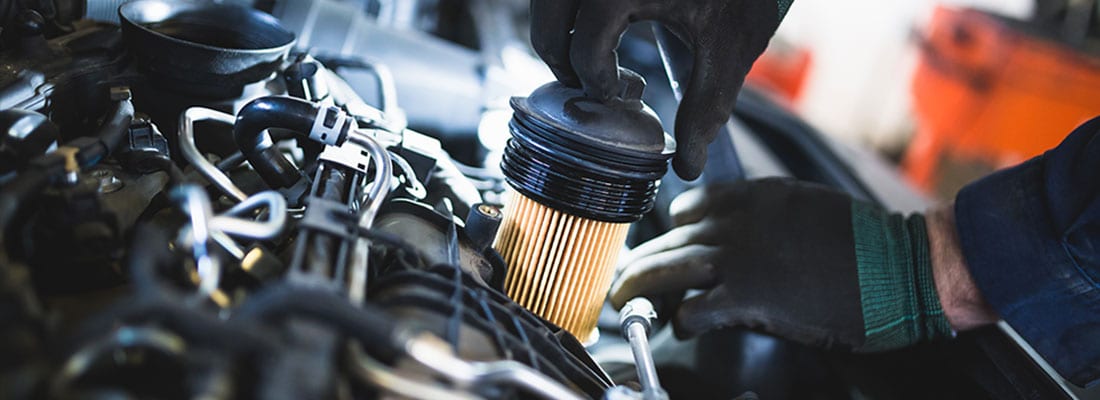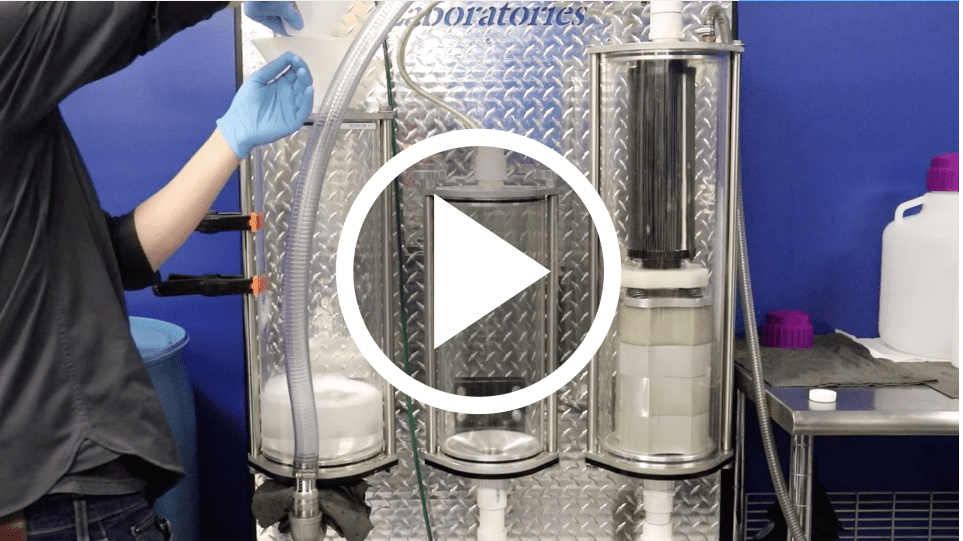6 Steps to Effective Program Management
Today’s oil analysis capabilities offer a great deal more than just monitoring component health. With today’s technology, along with performing the proper tests, we can monitor the condition of the oil, see if it is suitable for continued use, reduce the amount of used oil disposal, adjust maintenance intervals and strategies, adjust component replacement schedules, improve forecasting and budgeting and increase component life hours.
So how can we be sure to maximize the return on investment from oil analysis? Well, in my opinion, I believe it needs to encompass the following six steps to be a “world class – best practices” fluid analysis program.
1. Selecting a Quality Laboratory
- Accurate, reliably and timely
- Certifications and accreditations
- Consistent turnaround time
- Testing capabilities
- Relevancy of maintenance recommendations
- Information management tools
- Facility locations
2. Determine Program Goals
- What are the goals? Is it to extend oil drain intervals, reduce failures, extend equipment life expectancy, control maintenance and lubrication costs, just to name a few
- Whatever the goal(s), if you do not establish these goals upfront, and do not have the appropriate testing set up to match these goals, your program will never reach its full potential
3. Create Detailed Equipment List
- Equipment list information should be submitted to the laboratory before oil samples are ever submitted for analysis
- Consider the following when compiling the list: Unit Type, OEM, Model Number, Lubricant Manufacturer, Lube Type/Grade, Filtration Type/Size, Sump Capacity and Sampling Interval
- Read more about adding and edit equipment in HORIZON® here.
-
4. Identify Resources Available
- Data Manager – a “gate keeper” to manage and store the data, who ideally is a person with good computer and internet skills
- Sampler – an “oiler” who is trained on sampling devices/techniques, selects the appropriate testing, takes representative samples at specified intervals, and follows the proper procedure for submitting all of the required information along with the sample to the laboratory
5. The Importance of Time
- Once taken, sample(s) should be shipped immediately to the laboratory
- Upon receiving the laboratory report, findings must be evaluated and work order(s) issued, so data analyst’s recommendations will be acted upon as soon as possible, and then findings are communicated back to the laboratory
6. Report to Management
- Management speaks in the language of “dollars and cents”, so you need to communicate the “savings” to upper management in terms of reduction in oil costs, uptime reports, failure reductions, etc., and ultimately perform/document cost savings due to oil analysis. Read more about finding that “Aha” moment and realizing ROI here.
Find out more about our solutions to effectively managing your program.
Maximize asset reliability and regain control of your production schedules with an effective fluid analysis program by POLARIS Laboratories® . . . it costs so little to protect so much.
Proven Impact. Proven Uptime. Proven Savings.
Let us prove it to you.
Published October 22, 2019




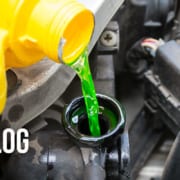
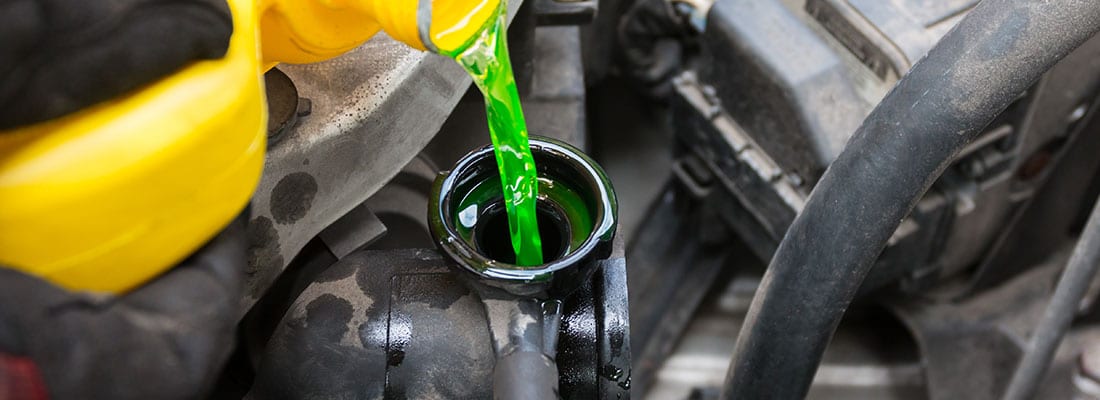
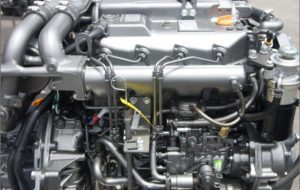 When this occurs the coolant will no longer be able to prevent corrosion of the metals that come in contact with the coolant.
When this occurs the coolant will no longer be able to prevent corrosion of the metals that come in contact with the coolant.